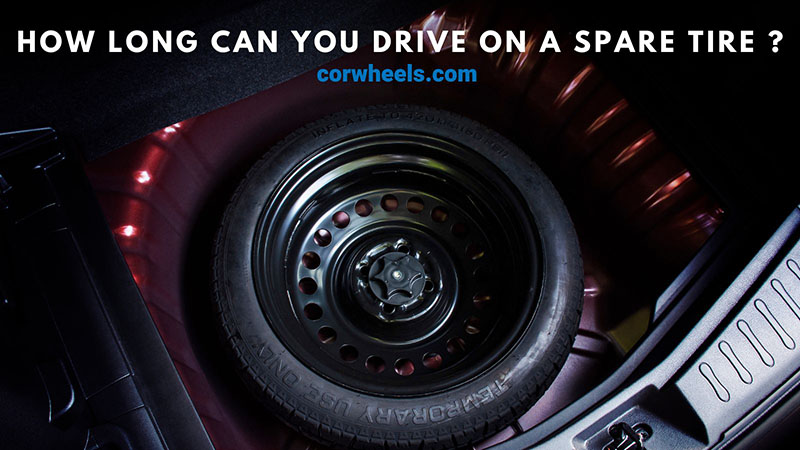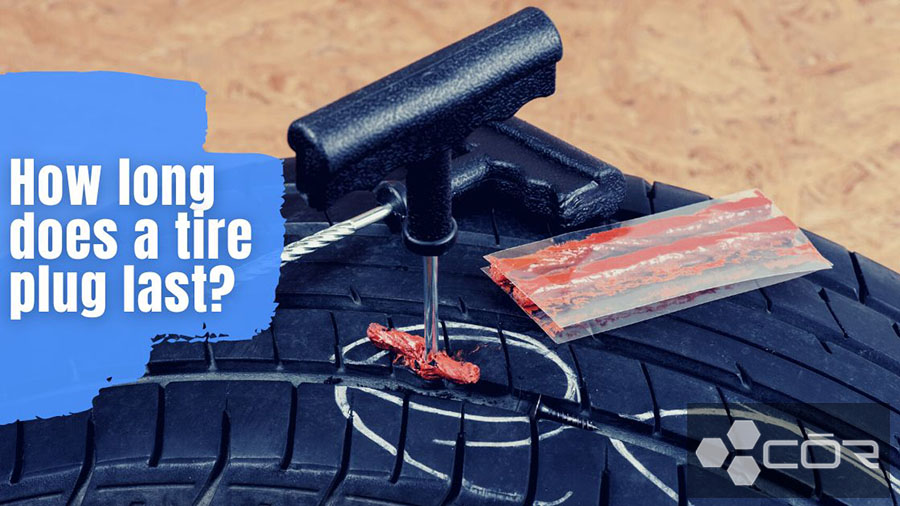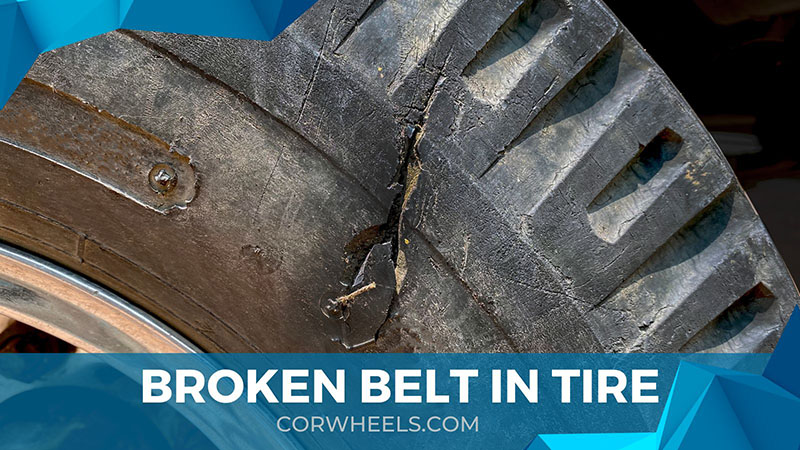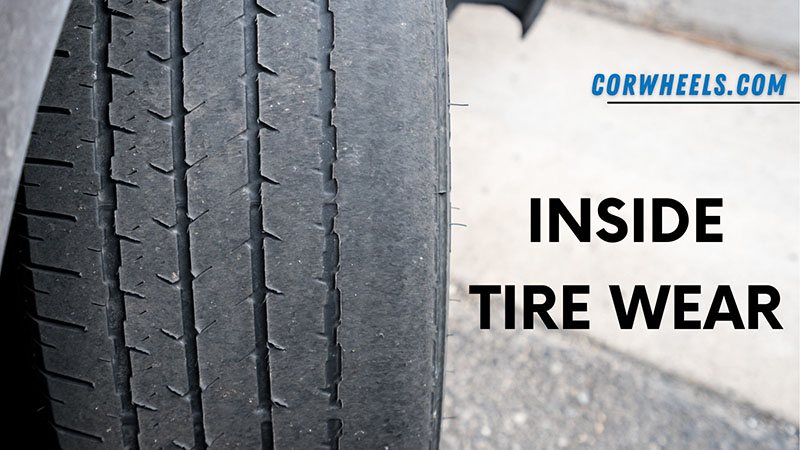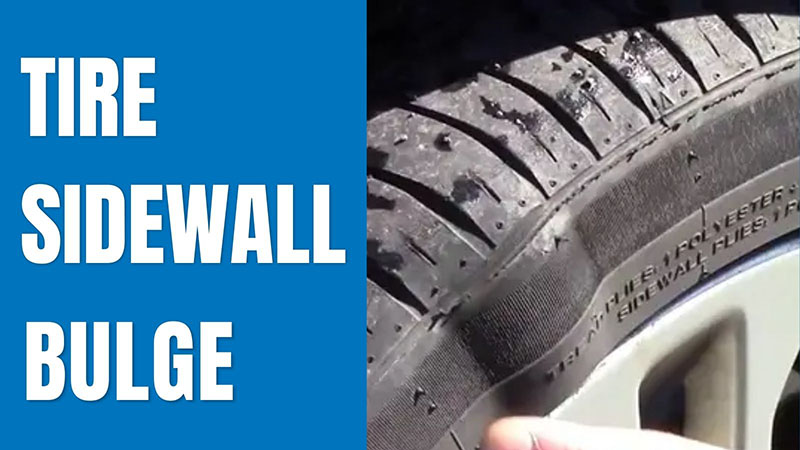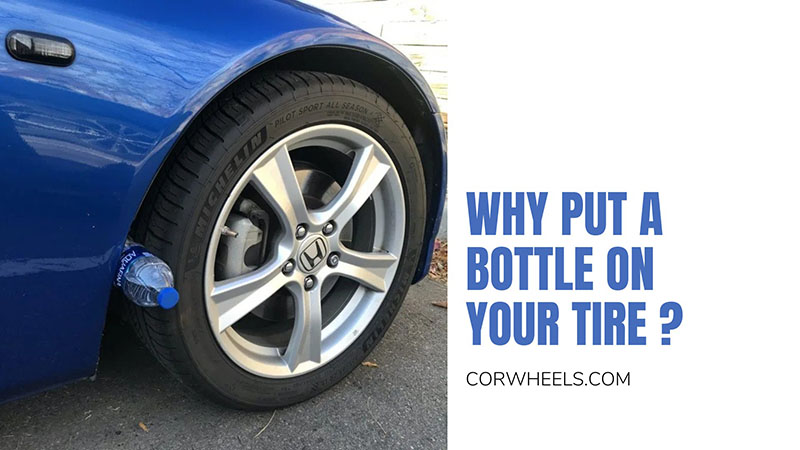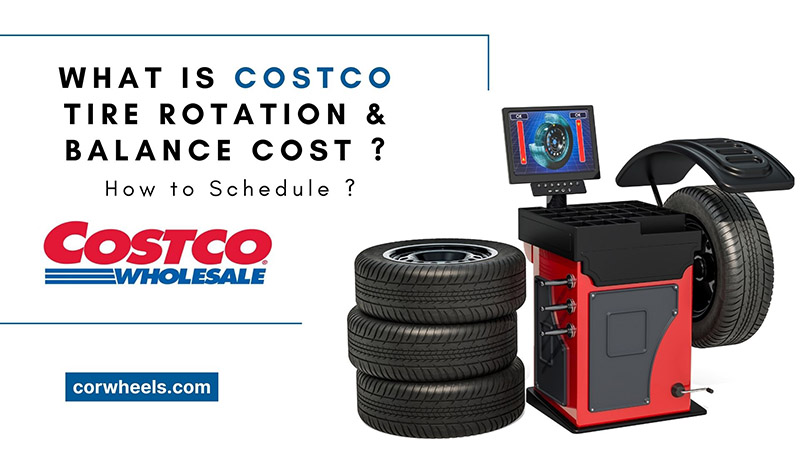Imagine having car crashes or technical issues on an empty road that is still miles from the nearest auto shop. Buying and installing brand-new manufacturer wheels is obviously out of the question!
In that case, spare tires will be your best bet, but their performance is still a mystery. How many miles can you drive on a spare tire? Are there tips to guarantee maximum safety?
In this article:
How Long Can You Drive With A Spare Tire?
In general, going beyond 50 miles is never encouraged. If you have no other choice but to exceed that limit, try to avoid surpassing 70 miles.
Spare tires, as we mentioned, are never meant to substitute the original tire completely. Their main purpose is to buy you some time until you can purchase good tire replacement at a repair shop. Hence, longer-term usage is out of reach!
For those wondering about the actual mileage estimation for each type of spare, here is a quick overview:
- Full-size spare tires. Full-size spares are sturdier and much safer than donut/space-saver tires. High-quality ones can even allow you to surpass 70 miles a little bit. Nevertheless, ensure you have properly checked the manual for recommended speed and distance when using these spare tires.
- Donut spare. Compared to their full-size counterparts, donut tires clearly lack in both size and performance, only supporting you in very short distances (about 10-30 miles).
Anything beyond that, and you will put both the car and yourself in grave danger. Get rid of these space-saver spare tires as soon as better options are available.
- Run-Flat. As its name suggests, these tires prove practical even with severe punctures and run much longer than other types – about 50 to a little over 70 miles, depending on different models.
Still, like all other space-saver spares, they are mere stop-gaps. So if your tire pressure monitors show that the tires are running low, halt the car immediately.
Extra tip:
Another note is to NEVER ride faster than 50MPH. Spares have much less durability and traction than normal tires, after all. Worse, the instability they provide often makes you feel like a plane pilot shuddering along the runway – instead of a car owner in highway driving!
And once you are out of danger/emergency needs, find an auto shop to remove those spare tires and install new car wheels as soon as possible.
Driving on A Spare Tire For Too Long: What Will Happen?
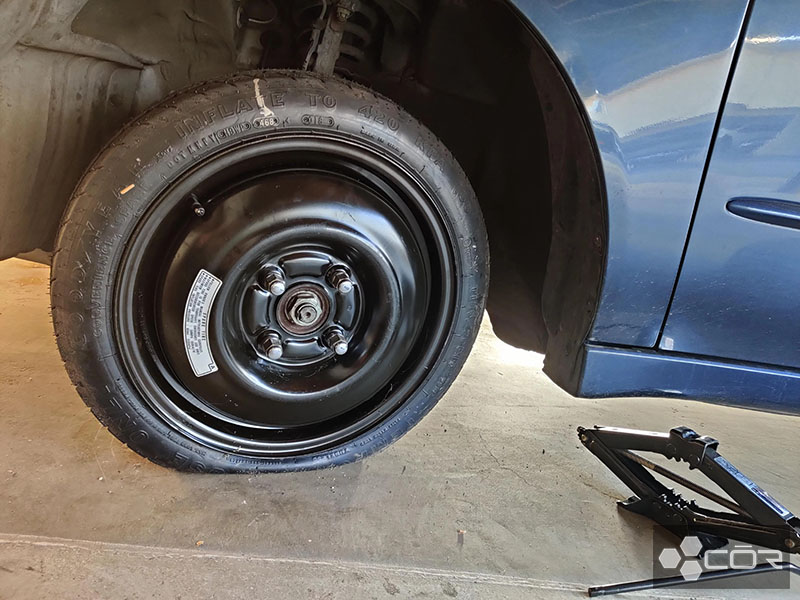
Do not take for granted the required mileage above. If you ignore our warnings, be prepared for the following catastrophes:
1. The Spares Might Affect Other Tires
Most drivers on spare tires can easily notice their strange handling during the trip. The severe imbalance on the steering wheels is palpable – since your spare tires do not have as much road contact as the others.
Your car will keep tilting to the spares, making other tires tread improperly. Uneven wear will only be a matter of time.
2. Weakened Transmissions
This drawback is particularly notable in donuts and non-matching full-size tires, as their sizes are often smaller than the other existing wheels. This dimension mismatch will degrade your transmission’s effect, weakening it.
Worse, your turning and braking are also skewed. As the issue repeats itself too often, the vehicle’s long-term transmission will eventually be destroyed.
3. Accident Risks
Substandard, small temporary tires equal ineffective transmission, less accumulation, and reduced traction. Do not be surprised if accident risks are always on the horizon!
Not to mention, their treads are much thinner than regular tires, which endangers you immensely on wet roads. If you are lucky enough, the tires might blow out, and that’s it. But in worse cases, there are even deaths involved!
Tips for Maintaining and Driving on Spare Tires Safely
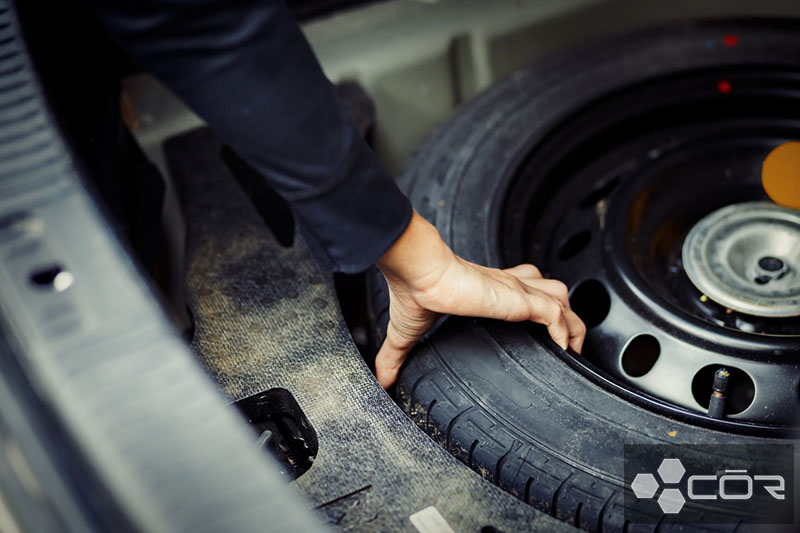
1. Safe Driving
Extra Restrictions on The Car’s Speed
After inflating the temporary spares at about 60 PSI, always keep a close eye on the driving speed. As we already mentioned above, never let it exceed 50 miles per hour.
Handle The Car With Extra Care
Spare tires severely impact traction control, so you must drive the car more cautiously than ever. Like how you tread over ice-covered or slick roads, expect long stopping distances and always keep the car’s cruiser control off.
2. Maintaining Spare Tires
Check Their Pressure Regularly
A rule of thumb is to have the tires checked as frequently as possible, ensuring the inflation is appropriate and in great condition. If there are damages or reduced fuel economy, we suggest replacing these spares rather than trying to fix them.
Check Whether They Are Recalled
Like full-sized tires, spare-tire manufacturers sometimes recall certain models due to manufacturing errors. Visit the NHTS (National Highways Traffic Safety) webpage once or twice weekly to check for spare tire recalls.
FAQs
Can Spares Go Flat?
Yes, risks of flat tires are at bay if you ignore our warnings and use the spares for more than 50-70 miles.
How Many Times Should You Use Spare Tires?
Provided you maintain them well and do not overuse them, feel free to install these tires as many times as you wish. However, there should be a long gap of several months between the two installation times.
Conclusion
How far can a spare tire go? Reading our article thoroughly from beginning to end will reveal the answer you need. Also, remember the safety/maintenance tips we offer in the latter half to guarantee a smooth, no-accident drive!

